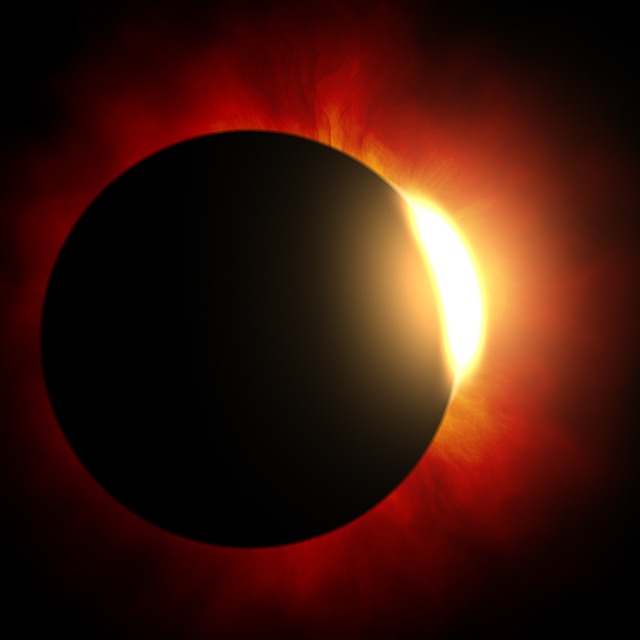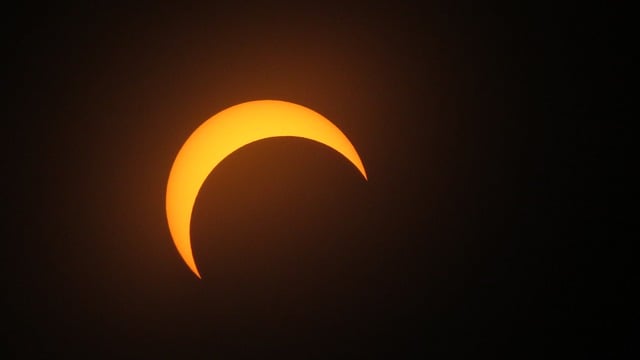The final countdown to one of the biggest events in North America is underway. We have not had a total solar eclipse in seven years, but on April 8, millions of people across the United States, Canada, and Mexico will get the opportunity to experience a total eclipse of the sun.
Get ready, because here is what you need to know about the great eclipse!

First off, what is a total solar eclipse of the sun?
Well, according to NASA.gov, a solar eclipse happens when the Moon passes between the Sun and Earth, casting a shadow on Earth that either fully or partially blocks the Sun’s light in some areas. This only happens occasionally, because the Moon doesn’t orbit in the exact same plane as the Sun and Earth do. The time when they are aligned is known as eclipse season, which happens twice a year.
Depending on how they align, eclipses provide a unique, exciting view of either the Sun or the Moon.
Just who will get to see the total solar eclipse in the United States?
Again, according to the experts at NASA, the path of totality, (the places that will experience the entire eclipse), are those living in Texas, Oklahoma, Arkansas, Missouri, Illinois, Kentucky, Indiana, Ohio, Pennsylvania, New York, Vermont, New Hampshire, and Maine, though small regions in Michigan and Tennessee.
As you can only imagine, people are packing up and traveling to these places to get a first-hand view of the action. However, all states in the contiguous U.S. will get the opportunity to at least witness a partial eclipse.
Won’t be able to view the great eclipse in person? We have got you covered! According to Forbes.com, Here are places online where you can view:
- NASA will hold an official livestream from 1 p.m. EDT to 4 p.m. EDT from several locations within the path of totality.
- Space.com will also hold a livestream on YouTube.
- The Exploratorium will live stream from Junction, Texas, and from Torreón, Mexico. A Spanish-speaking option will also be available.
- The National Science Foundation will begin its livestream at 1:55 p.m. EDT.
- Time and Date will host a live stream of the event starting at 12:30 p.m. EDT.
Also, if you would like a minute-to-minute online tracker so you really don’t miss a minute of this celestial event, NASA is providing eclipse watchers with an interactive eclipse tracker.
Is it necessary to wear the eclipse glasses?
YES! To protect yourself and your children it is important to make sure that everyone’s eyes are covered while looking at the eclipse.
Mount Sinai ophthalmologist Avnish Deobhakta told Fobes.com that it is important to “… never look at the sun directly without protection.” She stated to the news outlet that doing so can trigger potentially permanent eye damage within a matter of seconds.
If you are wanting to see the eclipse and don’t yet have your glasses, there’s still time to order them from places like Amazon, Lowes, and Walmart. Additionally, many retailers such as Smoothie King, Boost Mobile, and Sonic are offering customers glasses either as a gift or with a purchase of a solar eclipse-themed treat.

Although they will look adorable and their pics will unquestionably trend on social media, your dog does not need solar eclipse glasses.
“Pets will be fine,” North Carolina State University biologist Adam Hartstone-Rose said to Forbes. “Unlike some foolish humans, animals know better than to look at the sun.”
Yet, pets may experience their own adverse reactions as such to the eclipse. Per Hartstone-Rose, the changing conditions could make some of them think that it is nighttime, and they will either began to prepare for sleep or ask for their evening meal. The loss of unexpected daylight could confuse them or make them afraid. Make sure that you have a plan for your furry friend and create a safe space for them. Remember, if you are calm, they will be too!
Now that you are prepared for what is to come, enjoy the great eclipse! Remember, the next one won’t come around for awhile.
Photo: Pixabay.com







